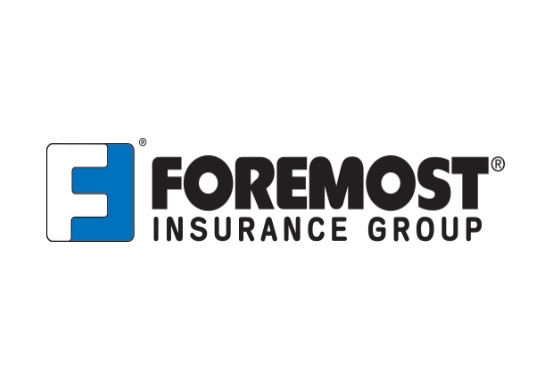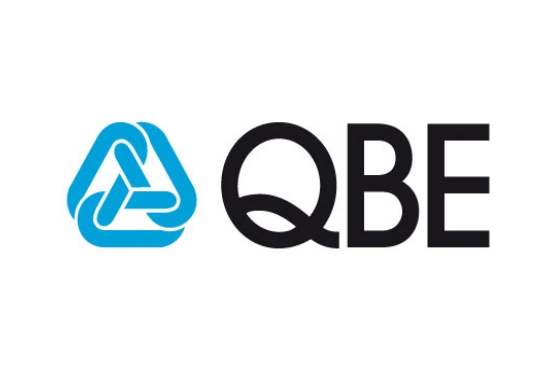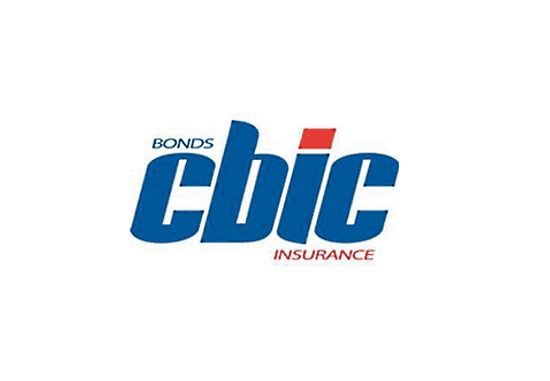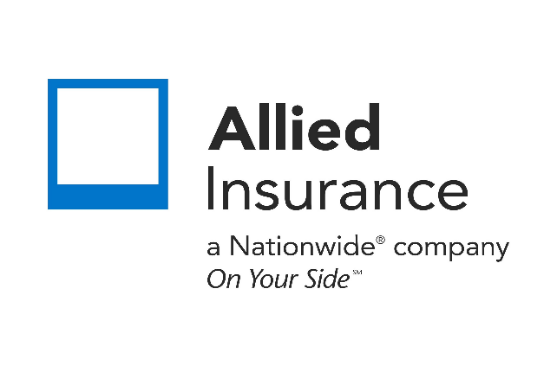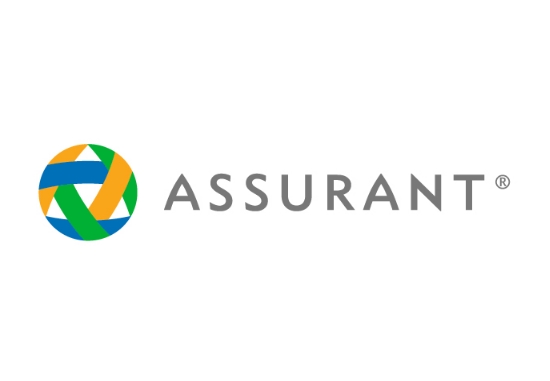What comes under liabilities?
Exploring Liabilities in Accounting: Definition, Types, and Examples
In the realm of accounting, liabilities are essential components of a company’s financial structure, representing its obligations or debts to external parties. Understanding what constitutes liabilities is crucial for accurate financial reporting and analysis. In this article, we’ll delve into the concept of liabilities, exploring their definition, classification, and examples to provide a comprehensive understanding.
Definition of Liabilities
Liabilities, in accounting, refer to the financial obligations or debts that a company owes to external parties. These obligations arise from past transactions or events and require the company to transfer assets or provide services in the future. Liabilities are typically classified based on their maturity and nature, and they are recorded on the balance sheet as part of the company’s financial position.
Types of Liabilities
Current Liabilities: Current liabilities are obligations that are expected to be settled within the normal operating cycle of the business or within one year from the reporting date. Examples include accounts payable, short-term loans, accrued expenses, and current portion of long-term debt.
Non-current Liabilities: Non-current liabilities, also known as long-term liabilities, are obligations that are not expected to be settled within the normal operating cycle or within one year. These liabilities have longer maturities and may include long-term loans, bonds payable, deferred tax liabilities, and lease obligations.
Contingent Liabilities: Contingent liabilities are potential obligations that arise from past events but their existence is uncertain and will be confirmed by future events. Examples include lawsuits, warranty claims, and guarantees provided by the entity.
Provisions: Provisions are liabilities of uncertain timing or amount, often created to account for future expenses or losses. Provisions are recognized when the entity has a present legal or constructive obligation as a result of past events, it is probable that an outflow of resources will be required to settle the obligation, and the amount can be reliably estimated.
Examples of Liabilities
- Accounts Payable: Amounts owed to suppliers or vendors for goods or services purchased on credit.
- Notes Payable: Formal written promises to pay a specified sum of money at a future date.
- Accrued Expenses: Expenses that have been incurred but not yet paid, such as salaries, utilities, or taxes.
- Long-Term Debt: Loans or bonds payable with maturities exceeding one year.
- Deferred Revenue: Cash received in advance for goods or services that have not yet been delivered or earned.
Liabilities play a crucial role in accounting, reflecting a company’s financial obligations to external parties. By accurately identifying, classifying, and reporting liabilities, companies provide transparency and accountability in their financial statements, enabling stakeholders to assess their financial health and performance accurately. Understanding the types and examples of liabilities is essential for investors, creditors, and other users of financial information to make informed decisions about the company’s prospects and risks.
We will find the best business insurance tailored to your needs. Read more…
Related Posts
Get a Right Insurance For You
SHARE THIS ARTICLE
We will compare quotes from trusted carriers for you and provide you with the best offer.
Protecting your future with us
Whatever your needs, give us a call, have you been told you can’t insure your risk, been turned down, or simply unhappy with your current insurance? Since 1995 we’ve been providing coverage to our customers, and helping people across United States.






